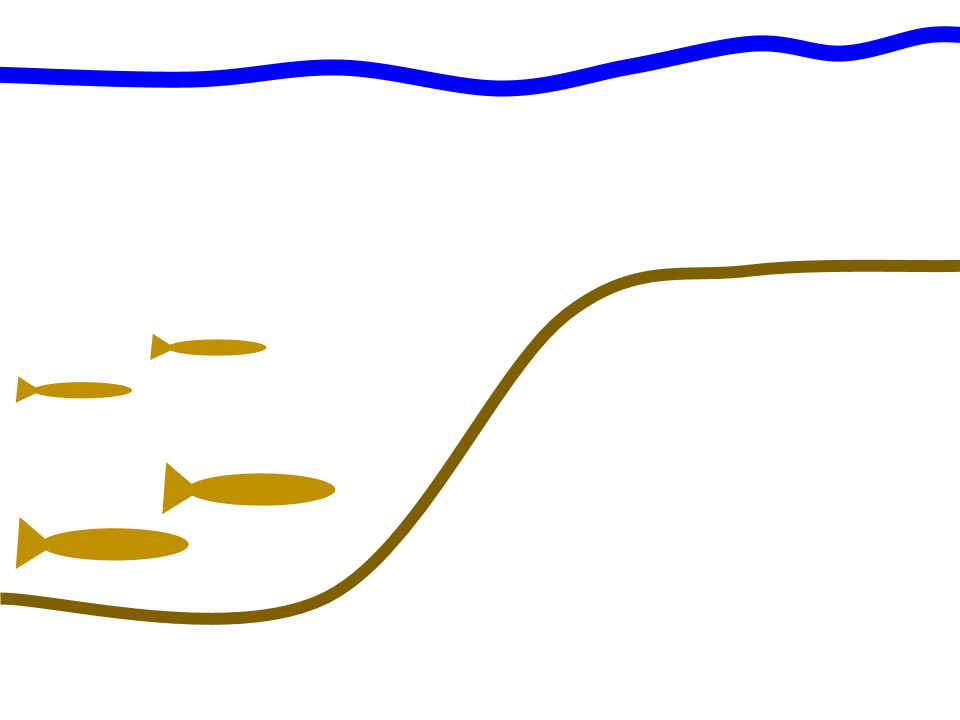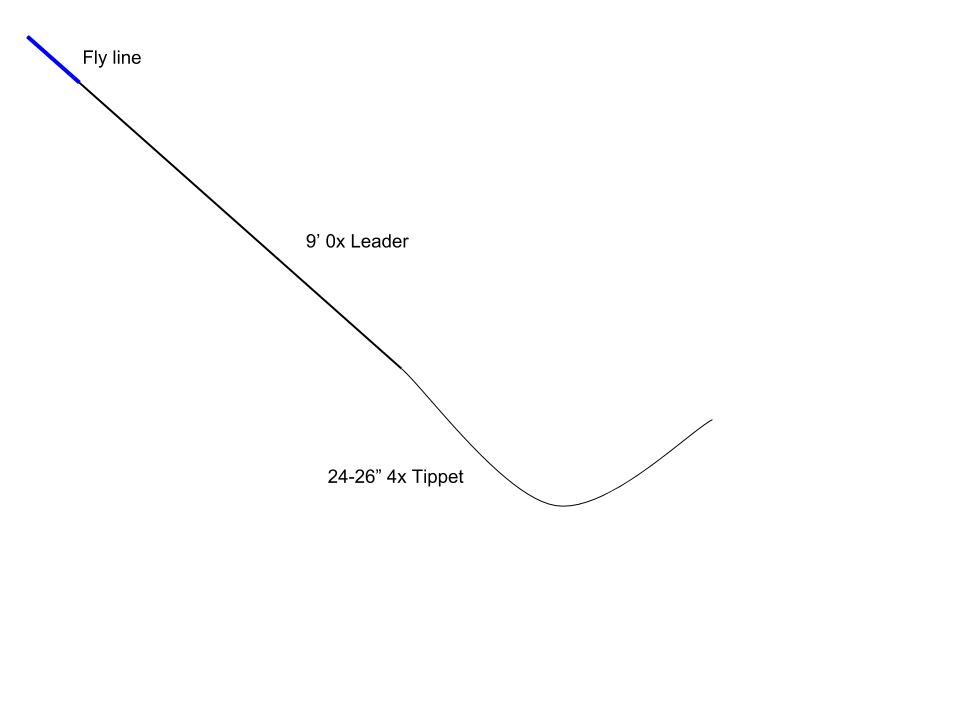Czech nymphing is one of the most popular fly fishing techniques and misunderstood. Many fisherman/woman believe the technique requires a special fly. Czech nymphing is an effective technique for catching fish that are deep and is perfect for high, muddy waters.
Why we love Czech nymphing
I don’t like strike indicators. There I said it. The reasoning is for another day.
The above reason is probably why I enjoy Czech nymphing so much. It’s an adaptable fly fishing technique that suits most fish species in flowing water.
Before we dive into the nitty-gritty, let’s discuss what Czech nymphing.
What is Czech Nymphing?
Czech nymphing includes a special nymph fly pattern and fishing method that was developed in the regions of Middle and Eastern Europe. The original Polish nymph was taken over by Czech fishermen during the mid nineteen eighties. The Czech nymphing fly fishing style can be adapted to many other nymph fly patterns and not just the Czech nymph.
The fishing method is unique as the fisherman fishes with a short amount of line and an extended leader. Czech nymphing involves short flip casts upstream into riffle areas that plunge into pools. A classic Czech nymph is tied on a curved shank hook and weighted. The fly is intended to be fished close to the bottom and not require additional weight although additional weight can be added.
When Czech nymphing is useful
Czech nymphing is useful in stream or river with quick water that is deep or feeds into a plunge pool. It’s especially effective when the water is high and muddy due a recent storm. The fish will typically hold close to the bottom where you can pick them off with a well executed Czech nymphing game plan.
This style of fishing does require you to be closer than other types of fly fishing. Since your using a short piece of line you’ll be on top of fish so you’ll need to move slowly and carefully. Also, keep in mind of where the sun is and where your shadow falls.
Deep fish can also be skiddish. You can get away with more in muddy water and cloudy skies. It’s just as easy to spoke deep fish in opaque water as it is to bust fish in clear, crisp water. The only difference is you will not know you have spooked them – you just will not get any bites.
Czech nymphing was popularized for trout but can be used for many other fish species that feed on nymphs and live in streams or rivers. I’ve had great success using Czech nymphing for smallmouth bass.

What you need
Czech nymphing doesn’t require special gear. If you already fly fish, your current setup will suffice. However, if you’re new to fly fishing you’ll at least need the items below. I’ve made a couple of suggestions below.
- Fly fishing rod with reel
- Fly fishing line
- Leader and tippet
- Czech nymphs or other nymphs
The leader, tippet, and fly set up is important and what makes Czech nymphing unique. The extended leader plus tippet makes getting down to the fish at the bottom of the stream easier.

Czech nymphs and other fly patterns
Czech nymphs are tied on curved shank hooks imitating scuds or caseless caddis larvae. Sizes vary from #16 – #6, any size will work as long as there are aquatic insects in the stream of the same size.
The classic Czech nymph pattern is weighted with a dubbing body, a plastic/foil backing, copper ribbing, and felt tip pen. A felt tip pen is used to darken the dubbing (if the body is a light dubbing) around the head of the nymph.
How to use Czech nymphing
Like we said above you will be fishing close quarters so thankfully you will not have to try and cast the extended leader long distances. All you need to do is lob the fly upstream of the riffle and pocket you’re fishing. You want to get it far enough up stream that the weight of the fly will carry the fly to the bottom of the stream by the time it reaches your target area with the big fish.
Maybe you have heard of high sticking. This is a typical phrase uttered when the fisherman/woman is suppose to raise their rod hand to get more line off the water to elicit a drag free drift.
A drag free drift is essential when Czech nymphing. By limiting the amount of line on the water you’ll allow your fly to dive deeper and move more naturally without being pulled along by your line.

Give Czech nymphing a try next time you’re on the water.
Let us know how it goes by dropping us an email.
